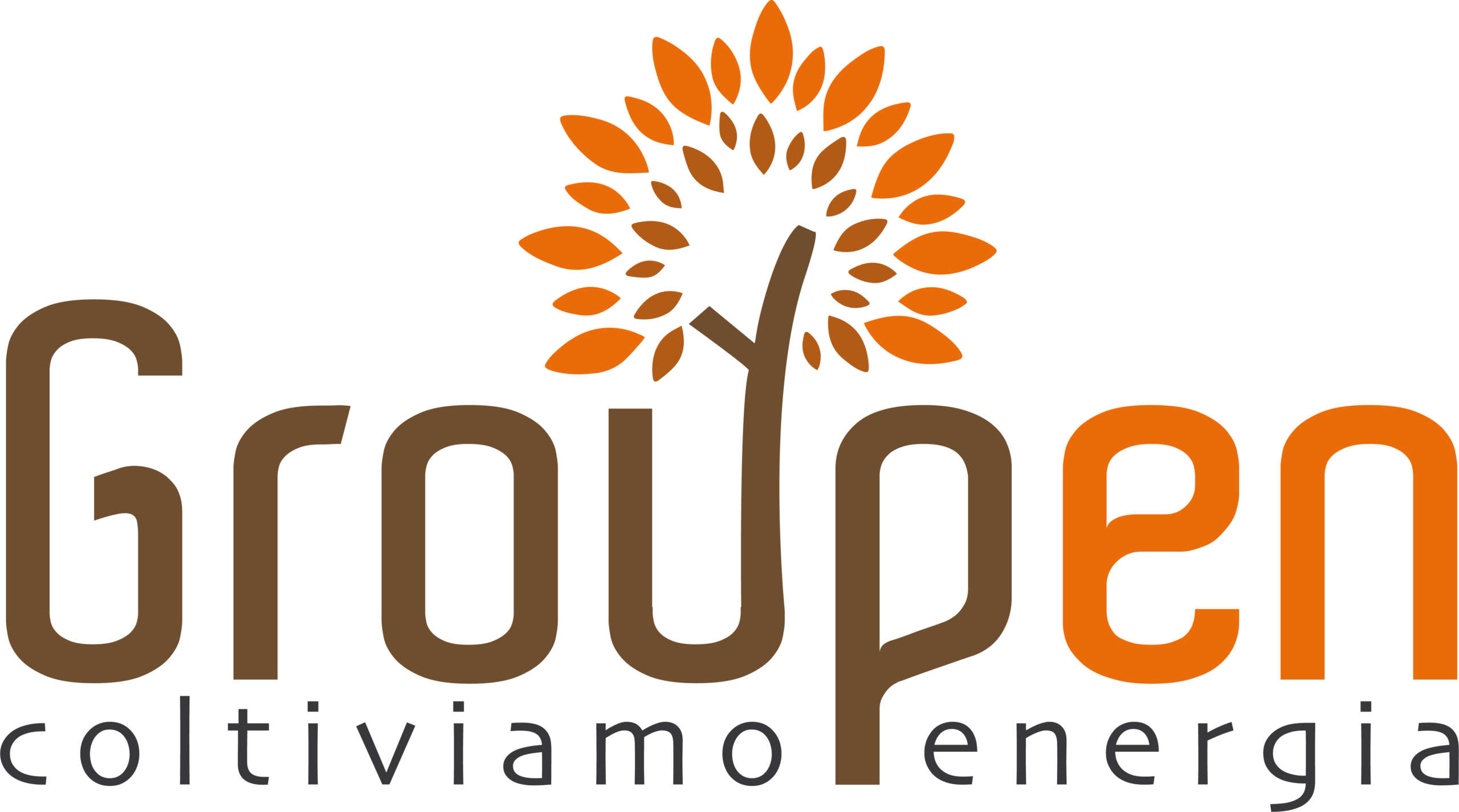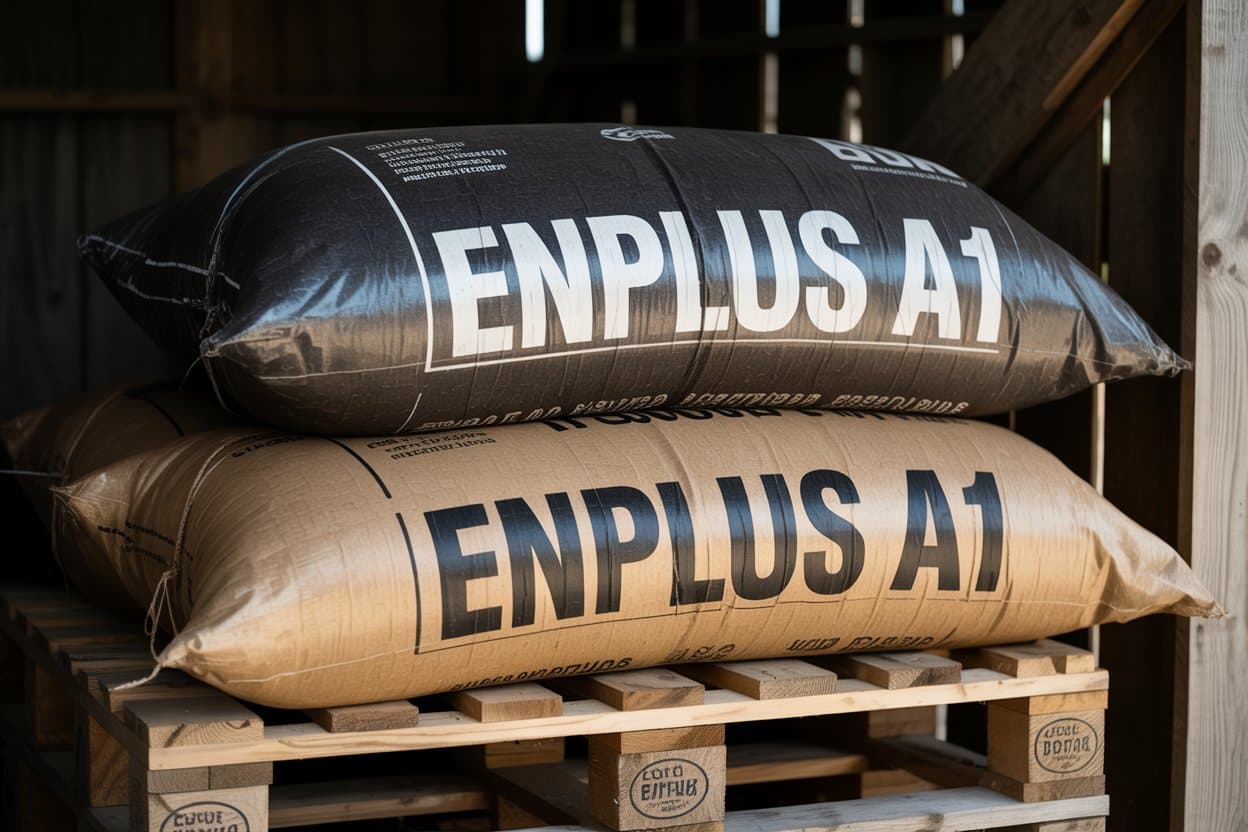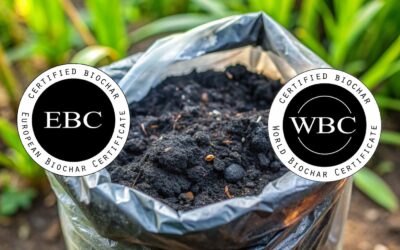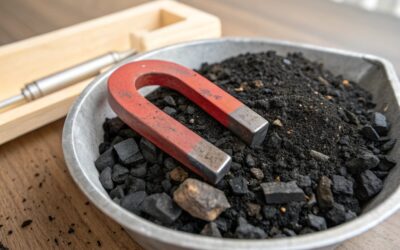Wood pellets are the undisputed protagonist of the green transition in home heating in Europe. With consumption reaching over 33 million tons in 2022, they represent an increasingly popular choice for reducing CO2 emissions. Most of this fuel boasts the prestigious ENplus A1 certification , a seal that guarantees superior quality and performance.
But are you sure that all certified pellets are really the same?
A recent, in-depth scientific study sheds new light on this question, revealing that, despite certification, there are “significant variations in fuel properties .” These differences aren’t just technical details: they can determine whether your stove complies with legal emissions limits and how efficient and clean your combustion really is.
This article analyzes the key findings of this research to help you understand what’s behind a bag of pellets and how to make a more informed choice.
The Hidden Quality: What Really Varies in ENplus A1 Pellets?
The ENplus A1 certification sets stringent requirements, even exceeding the ISO 17225–2 standard. However, an analysis of 28 different types of pellets available on the European market revealed significant variability in parameters that directly impact combustion:
- Ash content: Although almost all samples were compliant, the range varied from an excellent 0.28% to an almost limiting 0.81%.
- Energy density: With values between 10.8 and 13.2 GJ/m³, this variation can cause an inconsistent fuel supply in appliances not equipped with advanced controls, altering combustion.
- Chemical composition: The amount of particulate-forming elements (such as potassium, sodium, and lead) ranged from 415 to 1036 mg/kg. One pellet can therefore produce more than double the amount of particulate matter as another, even with the same certification.
- Wood type: A full 5 out of 28 samples, declared as 100% softwood, actually contained up to 45% hardwood. This is crucial, because deciduous wood tends to have a higher potassium content, directly affecting emissions.
Pellet Stoves vs. Boilers: Difference in Emissions
One of the most surprising results of the study is the different reaction of stoves and boilers to the same pellet.
- Pellet stoves are more “sensitive” : They react significantly to changes in fuel quality. Carbon monoxide (CO) and total particulate matter (TPM) emissions can vary dramatically. For example, TPM emissions from one stove ranged from 45 to as much as 246 mg/m³, almost always exceeding the most restrictive limits.
- Pellet boilers are more “robust” : Thanks to more advanced control technology, larger combustion chambers and higher temperatures, the boilers are able to largely compensate for fuel variations, ensuring much lower and more stable emissions.
The key point? In stoves, much of the particulate matter is composed of soot and tar , a sign of incomplete combustion. In boilers, however, the particulate matter is mainly composed of salts and inorganic oxides , indicating near-perfect combustion.
Critical Parameters: What Really Affects Emissions?
While classic parameters such as pellet length or ash content (already well regulated) have a minor impact, research has identified the real “culprits” of high emissions:
- Potassium (K) content: This is the most important factor. Potassium is semi-volatile and, when burned, transforms into very fine inorganic particles that make up the TPM.
- Hardwood Content: Indirectly related to the previous point, as hardwood contains more potassium.
- Carbonate Content in Ash: Can cause the ash to melt and form “clinker” (hard agglomerates) in the brazier, hindering combustion.
- Silicon/Potassium (Si/K) Ratio: A high silicon content helps “trap” potassium in bottom ash, preventing it from volatilizing and becoming particulate matter.
How to Improve Performance and Reduce Emissions
The research leaves no room for doubt: technological improvements are needed, especially for pellet stoves. Recommendations include:
- Improve fuel systems: A more consistent and gentle auger feed prevents emission peaks.
- Developing intelligent controls: Integrating CO sensors or lambda probes to automatically adjust air and fuel can optimize combustion for any type of pellet.
- Optimized design: Deeper fireboxes and improved combustion chamber insulation help achieve higher temperatures and more complete combustion.
For the consumer, the conclusion is clear: the choice of fuel is fundamental, especially if you own a stove.
FAQ: Answers to Your Pellet Quality Questions
1. What does the ENplus A1 certification mean for wood pellets and why is quality research important?
The ENplus A1 certification indicates that pellets meet very high quality standards (defined in the ISO 17225-2 standard). This is crucial because, despite the certification, research has revealed considerable variability in their properties. This variability can significantly affect stove emissions. Research is therefore essential to understand which specific pellet parameters have the greatest impact on emissions, ensuring their use is truly efficient and environmentally friendly.
2. What are the most important pellet parameters that influence pollutant emissions?
The most critical parameters identified by the research are:
- Potassium (K) content: Directly linked to increased particulate emissions.
- Hardwood content: Tends to contain more potassium.
- Carbonate content in ash: May cause clinker formation.
- Energy Density: Variations can cause an irregular fuel supply.
- Silicon/Potassium (Si/K) molar ratio: A high silicon content reduces particulate emissions.
These parameters have a greater impact than better-known parameters such as length or ash content.
3. Are there significant differences between pellet stoves and pellet boilers?
Yes, enormous. Pellet stoves are much more sensitive to variations in pellet quality and produce much more variable and often higher emissions (especially particulate matter – PPM). Much of this particulate matter is soot, a sign of incomplete combustion. Boilers, thanks to superior technology, manage fuel variations much better, ensuring nearly complete combustion and lower, more stable emissions, composed primarily of inorganic salts.
4. How do carbon (soot) and salts/oxides affect particulate matter (TPM)?
In pellet stoves , particulate matter (TPM) is often a mixture. It can be dominated by elemental carbon (soot) and organic carbon (tars) , which indicates suboptimal combustion. In other cases, salts and oxides from wood elements (such as potassium) predominate.
In pellet boilers , combustion is almost perfect. As a result, there is almost no soot formation, and the TPM is composed almost exclusively of salts and oxides (85-99%) .
5. What are the recommendations for improving pellet stove technology?
To reduce emissions, pellet stoves urgently need improvements, including:
- Optimization of the feed auger for a more consistent fuel flow.
- Advanced control technology (e.g. with CO sensors or lambda probes) to adapt combustion to the type of pellet.
- Improved design of the brazier and air nozzles for more efficient combustion.
- Better combustion chamber insulation to maintain higher temperatures.
6. Are regulated parameters (length, ash content) less important than others?
Yes. Research has shown that parameters such as potassium content, carbonate content, and energy density have a much greater impact on emissions than already strictly regulated parameters such as length, ash content, or fines content. This is because the variability of regulated parameters is already relatively low among certified products.
7. What is the relationship between CO and TPM emissions from pellet stoves?
There’s a strong correlation: where there’s more CO, there’s also more particulate matter . CO (carbon monoxide) is the main indicator of incomplete combustion. Since soot and tar are also produced by incomplete combustion, it’s logical that their levels increase together. This suggests that measuring CO could be an effective way to monitor and reduce particulate matter emissions as well.
8. What are the implications for consumers and industry?
- For consumers: The ENplus A1 certification is a baseline, not an absolute guarantee of low emissions. Choosing the right pellet brand is important, especially for those who use a stove. Boilers are a safer choice for minimizing environmental impact.
- For the industry: There is an urgent need to improve pellet stove technology. Pellet manufacturers, on the other hand, should consider providing more information on the chemical composition (e.g., potassium) to enable more informed choices, and perhaps more stringent standardization on these critical parameters should be considered.
Conclusions: A Conscious Choice for Clean Heat
The ENplus A1 certification has significantly raised the market standard, but research shows that there’s still a long way to go. “Invisible” differences in the chemical composition of pellets have a “visible” and measurable impact on air quality.
For consumers, this means becoming more demanding and informed, looking beyond the simple certification mark. For the industry, it’s a clear invitation to innovate, improving stove technology to make them less sensitive and more efficient, thus fully realizing the environmental potential of pellet heating.







